July 28, 2015
Beyond branding – how workplace design can express a firm’s culture
 When it comes to the incorporation of branding and identity into a workplace, there is a simple option, which is to produce a design that faithfully incorporates the firm’s logos, colours and straplines in the interior. There’s nothing wrong with this, except for the fact that it is literally superficial and so may miss the opportunity to create an office design that scratches beneath the surface to reveal what lies beneath. When you get past the layers of branding and identity, you uncover something that we call culture. This can take things to a whole new level because the challenge becomes how to create a workplace design that communicates and fosters both the identity and the culture of the organisation. The benefits to the organisation can be enormous, not least because this approach bridges a number of disciplines such as human resources and office design and so drives a number of strategic objectives.
When it comes to the incorporation of branding and identity into a workplace, there is a simple option, which is to produce a design that faithfully incorporates the firm’s logos, colours and straplines in the interior. There’s nothing wrong with this, except for the fact that it is literally superficial and so may miss the opportunity to create an office design that scratches beneath the surface to reveal what lies beneath. When you get past the layers of branding and identity, you uncover something that we call culture. This can take things to a whole new level because the challenge becomes how to create a workplace design that communicates and fosters both the identity and the culture of the organisation. The benefits to the organisation can be enormous, not least because this approach bridges a number of disciplines such as human resources and office design and so drives a number of strategic objectives.




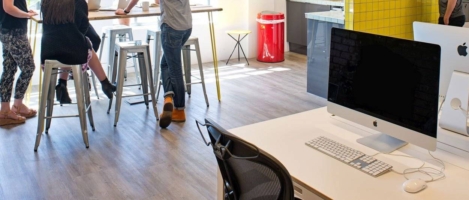






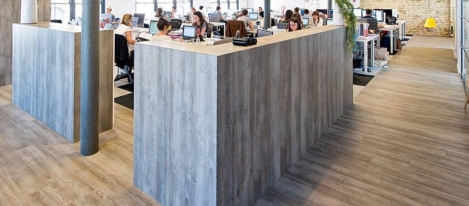








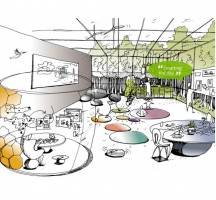
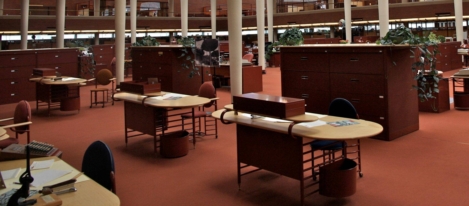
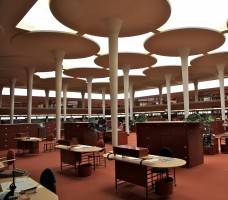










August 2, 2015
Female bosses enhance workforce engagement and motivation
by Gill Buchanan • Comment, Flexible working, Wellbeing, Workplace
(more…)